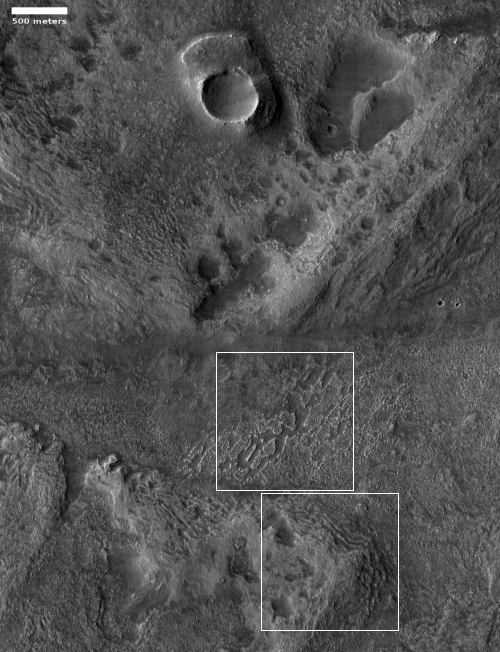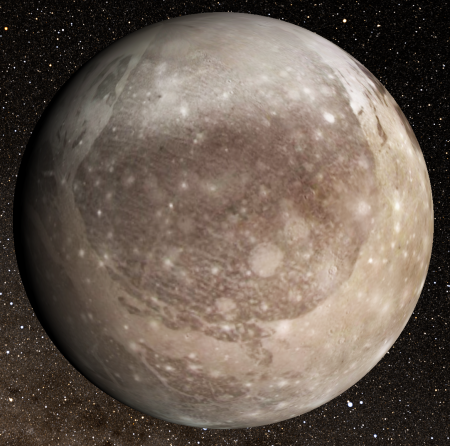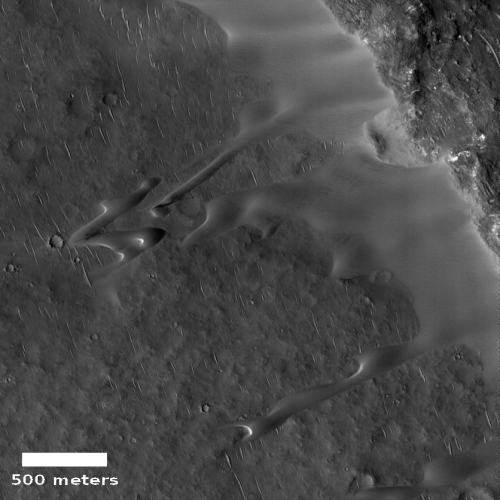Another Starship/construction update at Boca Chica
Link here.
The successfully flown fifth Starship prototype has been moved back to its assembly area while the sixth is now on the launchpad being prepped for its own hop. At the same time, the buildings that will be used for all future ship assembly are going up, as well as construction of the launchpad for Super Heavy, the first stage of this giant reusable rocket.
It appears that SpaceX is going to be alternating hops between prototypes 5 and 6, while it preps prototypes 8 and 9. The use of two alternating prototypes not only speeds testing of the vehicle itself, it also speeds testing of the procedures the company will need for transporting these vehicles about, from the assembly building to the launchpad and then from the landing site back to the assembly building.
Except another hop in mere weeks of Starship prototype #6. As for Super Heavy, the article notes this:
What can be confidently assumed is SpaceX is preparing the facility groundwork for the first assembly and testing of Super Heavy by 2021.
Test programs and new vehicles will always stretch schedules. However, there remains the distinct possibility SpaceX could launch their first Super Heavy rocket before the Space Launch System (SLS – the orange one) is due to conduct her maiden launch at the end of next year. [emphasis mine]
Even if Super Heavy does not fly before SLS, I am very confident in predicting that the SpaceX rocket will fly many more times than SLS, and do it not as an expendable rocket but reused each time.
Link here.
The successfully flown fifth Starship prototype has been moved back to its assembly area while the sixth is now on the launchpad being prepped for its own hop. At the same time, the buildings that will be used for all future ship assembly are going up, as well as construction of the launchpad for Super Heavy, the first stage of this giant reusable rocket.
It appears that SpaceX is going to be alternating hops between prototypes 5 and 6, while it preps prototypes 8 and 9. The use of two alternating prototypes not only speeds testing of the vehicle itself, it also speeds testing of the procedures the company will need for transporting these vehicles about, from the assembly building to the launchpad and then from the landing site back to the assembly building.
Except another hop in mere weeks of Starship prototype #6. As for Super Heavy, the article notes this:
What can be confidently assumed is SpaceX is preparing the facility groundwork for the first assembly and testing of Super Heavy by 2021.
Test programs and new vehicles will always stretch schedules. However, there remains the distinct possibility SpaceX could launch their first Super Heavy rocket before the Space Launch System (SLS – the orange one) is due to conduct her maiden launch at the end of next year. [emphasis mine]
Even if Super Heavy does not fly before SLS, I am very confident in predicting that the SpaceX rocket will fly many more times than SLS, and do it not as an expendable rocket but reused each time.





